Can You Mix Nitrogen and Air in Tires?
Some of us like to put nitrogen in our tires, but what happens when you lose some pressure and need to top your nitrogen tires up, but you only have compressed air available?
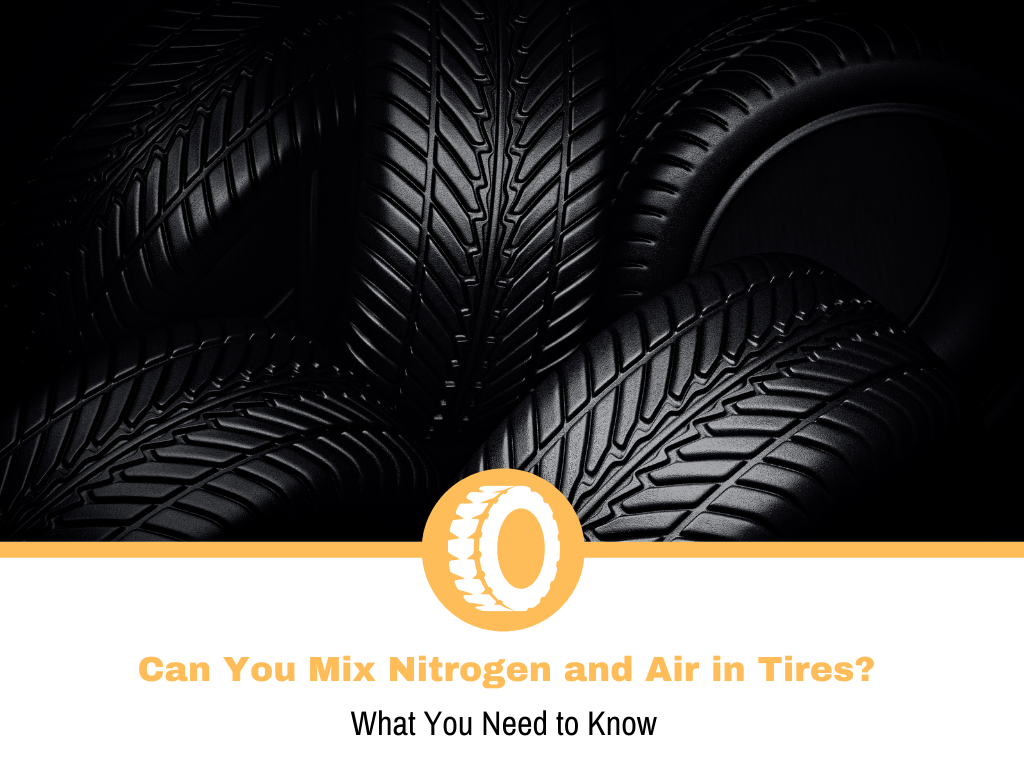
The simple answer is that you can mix air and nitrogen in your tires. There will be no adverse chemical reaction between the two gasses. The only downside is the loss of performance which nitrogen tires provide.
How safe is it to mix nitrogen and air in tires?
Mixing nitrogen and air in tires is completely safe. In fact, it’s better to mix than run on low pressure and potentially damage your tires. Tires are designed to operate within a range of pressures. If this range of pressures is exceeded or not met, then the tires can experience uneven wear, wear out faster than usual, and negatively impact fuel economy.
Furthermore, the air already has nitrogen in it. 78 percent of air is nitrogen, with the remaining gases being 21 percent oxygen, and then the last 1 percent consisting of water vapor, CO2, and small amounts of noble gases such as neon and argon.
So, technically air-filled tires are a mixture of nitrogen and other gases. The only negative to mixing pure nitrogen with air is that you lose some performance, but no more than you would with normal air-filled tires.
Why Nitrogen in The First Place and Not Just Air?
It’s all about chemistry and pressures. As mentioned above, tire pressure is key to a happy, longer-lasting tire. There are a few factors that go into a healthy, longer-lasting tire. The three major factors are wheel alignment, wheel balance, and tire pressure. If these three factors are met then your tire will have manageable, even wear. Additionally, proper tire pressure will help with fuel consumption, more on that later.
So how does nitrogen come into play? Quite simply, pure nitrogen maintains the right tire pressure better than normal air does, which gives you all those benefits of having the correct tire pressure. “Why?” you ask. Well, this is where the chemistry part comes into play. Over time, gasses escape from all tires, this happens because the gases permeate through the rubber.
So yes, you do have a leak, from all over, however; it is normal and very slow. Nitrogen permeates through the rubber at a much slower rate, around 40% slower. This slower loss of gases maintains correct tire pressure for longer.
Additionally, Oxygen reacts negatively with rubber as it permeates through the tire. This reaction is called a thermo-oxidative process which, over time; will degrade the tire. Though some argue that this degradation is negligible because the tread is more likely to wear away first. Another way pure nitrogen maintains pressure better than air is due to nitrogen’s thermodynamic qualities.
As temperatures drop during the cooler months, your tire pressure indicator may come on. This happens because the molecules in the air become more compact as the temperature lowers. No air has been lost but, the pressures are indeed lower. With pure nitrogen, this effect is vastly diminished. In fact, because of nitrogen’s thermodynamic properties, it is the perfect gas for race cars and aircraft.
As mentioned above, water vapor is typically found in compressed air along with other gases. This water found in the tire causes issues. Firstly, it contributes to the pressure changes as temperatures fluctuate. Pressure changes due to fluctuating temperatures would still happen with regular air, even if water vapor wasn’t present, however; the water dramatically affects these changes. Furthermore, the water content in the air introduces the risk of corrosion on both steel and aluminum wheels. In pure nitrogen gas, there is no water vapor which removes the risk of unseen corrosion.
Why does proper tire pressure save on fuel?
As mentioned above, improper tire pressure will result in decreased fuel economy. The term used for this is called tire roll, or tire rolling resistance. In order to get a vehicle moving and keep a constant speed over a surface, the engine needs to transfer its energy to the wheels. This energy is referred to as tire roll.
The tire’s job is to transfer the energy to the road surface which pushes back and propels the vehicle. As the tire pushes against the road, it deforms slightly. This deformation can be seen clearly when watching a drag racing car in slow motion. Every bit of deformation wastes fuel, the lower the pressure of the tire, the more fuel is wasted. Yet another reason to make sure your tires are at the correct PSI by checking your user manual or the doorjamb sticker.
How do I get nitrogen into my tires?
Clearly, nitrogen-filled tires are better. Your tire pressure will be more stable, tire maintenance is decreased, your fuel economy is better, and you run a lower risk of corrosion which could cost you a new set of rims in extreme cases, but how do you go about getting pure nitrogen into your tires.
You could simply go to a dealership, tire center, or service station, however; if you want to, you can do everything yourself. You will however need the necessary equipment. You will need:
- Nitrogen cylinder and get it filled
- Lift jack
- The necessary tubes and hookups such as a digital tire inflator.
Additionally, you can get a nitrogen analyzer and green nitrogen valve caps.
Nitrogen analyzers can be pricy, however, so if you want to save some costs you can fill your tires for the first time at a dealership, tire center, or service station, and from then on you can refill your tires by yourself to save costs.
Conclusion
The short and skinny of it is yes, you can mix nitrogen and air in your tires. This does mean you will lose some of the benefits of having pure nitrogen in your tires. Additionally, you might need to purge the air out again if the nitrogen levels fall below 92%. However, if your tires are low on pressure, you should top them up for safety reasons even if it is with air and not nitrogen.
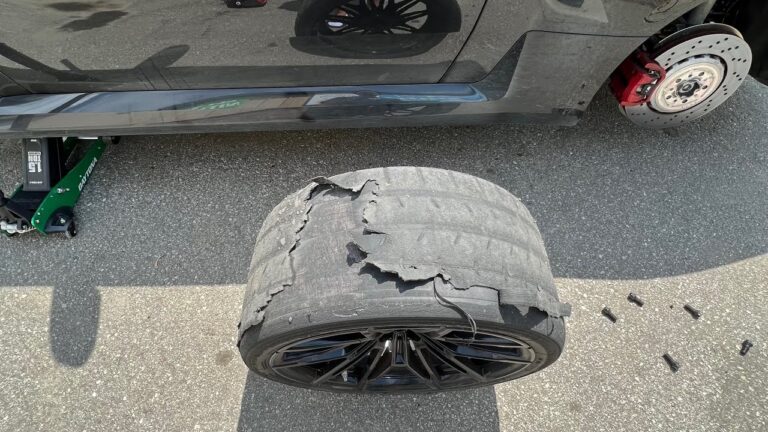
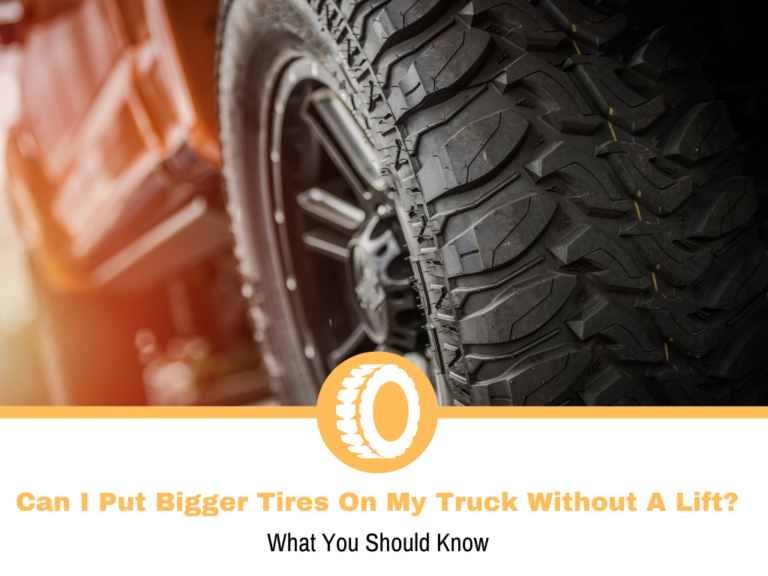
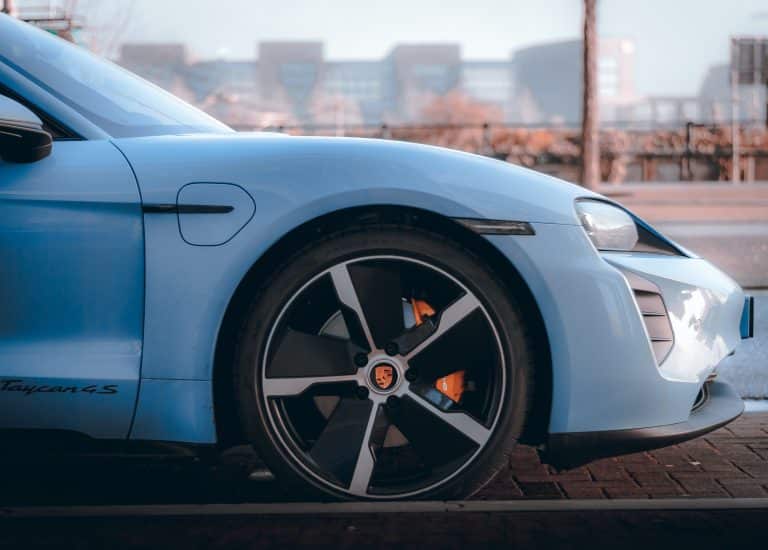
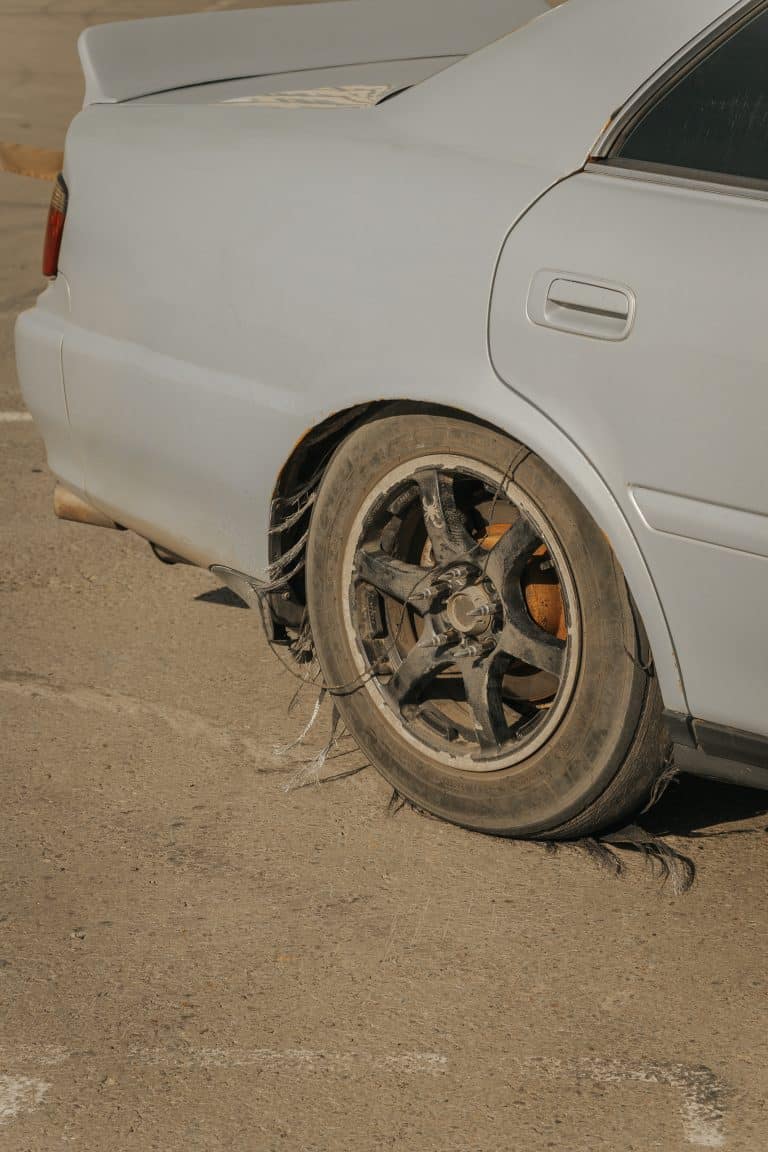
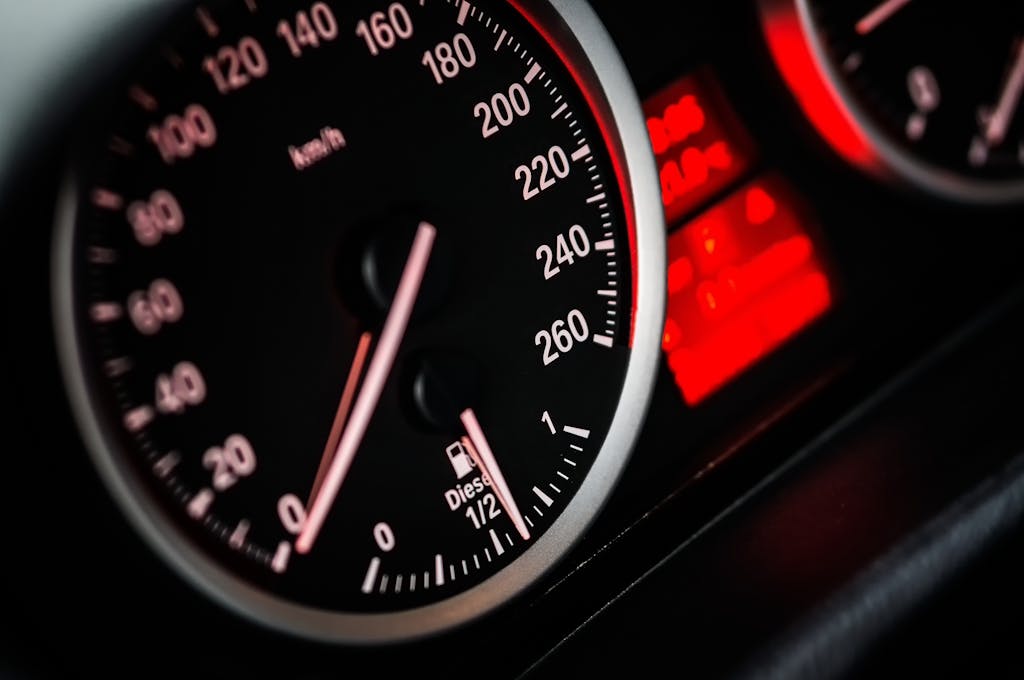
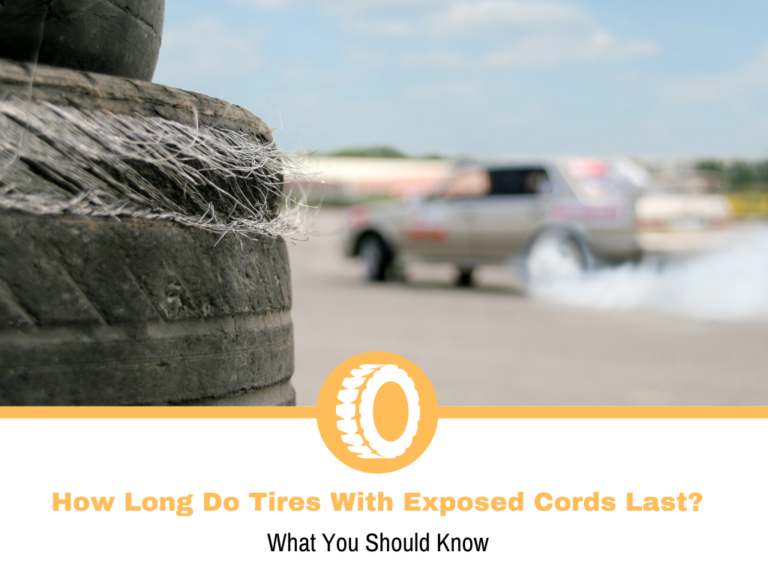
I understand nitrogen hold pressure better than air specially in cold weather but when the purity went below 92% tire pressure goes down.
Now the problem is the availability of nitrogen where to get top up my tire.